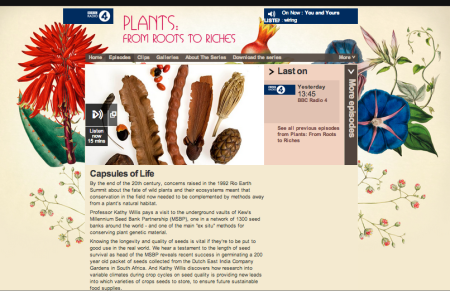Another report from one of our correspondents at the International Horticultural Congress:
There were some great discussions during the IHC’s workshop on global conservation strategies for horticultural crops. Few of these exist, and even fewer have actively been implemented. The participants heard from several speakers about the state of development and implementation of the strategies on citrus, strawberry, apple and banana. It appears that the banana strategy, which is currently already in its first revision, is the furthest along the road of implementation — largely thanks to the support of MusaNet. Having the backing of the conservation and use community of a particular crop is key for the development and success of a strategy — and it helps if the community is already organized in some shape or form. The fact that many horticultural fruit crops are not on Annex 1 of the ITPGRFA can really hamper the development and implementation process of global conservation strategies (in fact, so far there are no global conservation strategies for crops which are not on Annex 1) and several participants felt that horticultural crops deserve more recognition under the Treaty.
 The BBC’s Roots to Riches reaches
The BBC’s Roots to Riches reaches